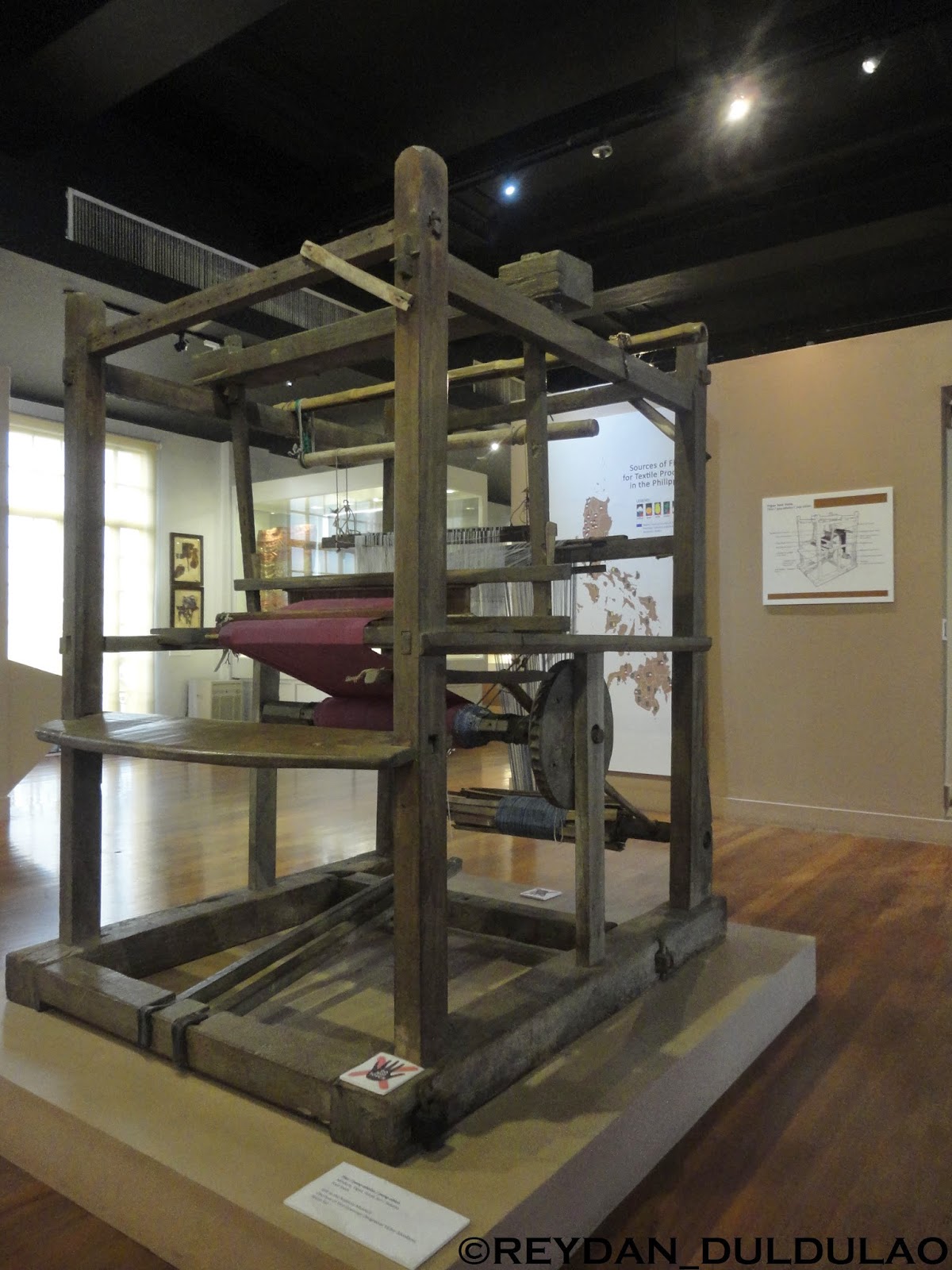 |
| Tinapa, Durian and Mango |
Tinapa
To make tinapa (smoked fish), the fish is first brined then placed in a smoker. Using fish with thick scales is best. The scales become golden when done, and are sometimes brushed with oil to make the tinapa glisten.
Durian
Durian may be malodrous to some, but is heavenly to those who love it. Cross-bred varieties are less smelly and have firmer pulp (eg. Arancilla, Puyat), but a Filipino durian connoisseur will prefer the local variety which is smaller, creamier and more aromatic.
Mango
While mangoes in the Philippines are available all year round, the sweetest variety can be found in hot, dry areas of the country, such as those in Western Luzon (eg. Zambales, Pangasinan, La Union and Ilocos Sur). These heart-shaped, fragrant magoes are from San Ildefonso, Ilocos Sur. There is nothing better than eating these fruits in season, whether they are taken as ice cream flavoring, dried candy, cake toppings, or the like.
 | ||
| Lambis and Tuyo |
Lambis
This lambis sea snail in Cebu is also known as a spider conch, and as sahang or saang in Ormoc, Leyte. Its colorful, spiky shell conceals tasty meat that is best cooked when steamed and mixed with coconut milk.
Tuyo
Salted dried fish is generally called tuyo and sold in the preserved fish section at the market, such as this one in Jaro, Iloilo. The smell and taste is something that many Filipinos love. Tuyo sold in bottles is soaked in oil, with the head and bones removed.
 |
| Balut |
Balut
Fertile duck eggs more than two weeks old are boiled to make balut. In many markets, like this one in Baguio, balut are either sold pre-cooked or fully-cooked.
 |
| Nateng, Tamban and Santol |
Nateng
Knowing the local names of ingredients is part of learning a region's cuisine. In Ilocos, nateng means vegetables (gulay), eggplant is tarong (talong), bitter gourd is parya (ampalaya) and string beans is utong (sitaw).
Tamban
Most local markets have a separate section for dried fish, such as this one in Naga City, Camarines Sur, which displays several tamban (sardines) that have been salted and dried.
Santol
The pulp of the seeds is the best part of the santol, which should be sucked in order to fully taste the fruit's creamy sweetness.
 | ||
| Malaga and Ampalaya |
Malaga
A favorite fish in the Ilocos region, the malaga (samaral in other regions) adds luxurious to the dinengdeng or inabraw, the Ilocano stew of vegetables.
Ampalaya
The bitterr taste of ampalaya (bitter melon) is removed by salting and washing the slices - such as with this salad. Still, there are those who would rather savor its bitter flavor.
 |
| Longganisa |











































